The New Frontier of Transit and Trade
Afghanistan, positioned at the historic crossroads of Asia, is undergoing a pivotal transformation. Despite complex political realities, the demand for construction materials—driven by urbanization, humanitarian projects, and long-term infrastructure goals—remains robust and substantial. Central to this demand are tiles and ceramics, essential for rebuilding homes, commercial centers, and public facilities. For international exporters, the primary challenge isn’t demand; it’s logistics. Traditional reliance on costly, high-risk road freight is yielding to a superior, more stable solution: the Trans-Asian Railway Network.
Leveraging rail transit for tile export to Afghanistan is not just an alternative; it is a strategic competitive advantage. It offers greater security, predictability, and, when managed correctly, superior cost-efficiency compared to volatile road routes. This comprehensive guide, the “Kabul by Rail” blueprint, delves deep into the specific tactical requirements, border protocols, and market preferences that define success in this unique environment. We will detail how to use the Trans-Asian Railways to reliably deliver high-quality porcelain and ceramic tiles directly to the heart of the Afghan market, turning logistical hurdles into a consistent, dominant supply chain.
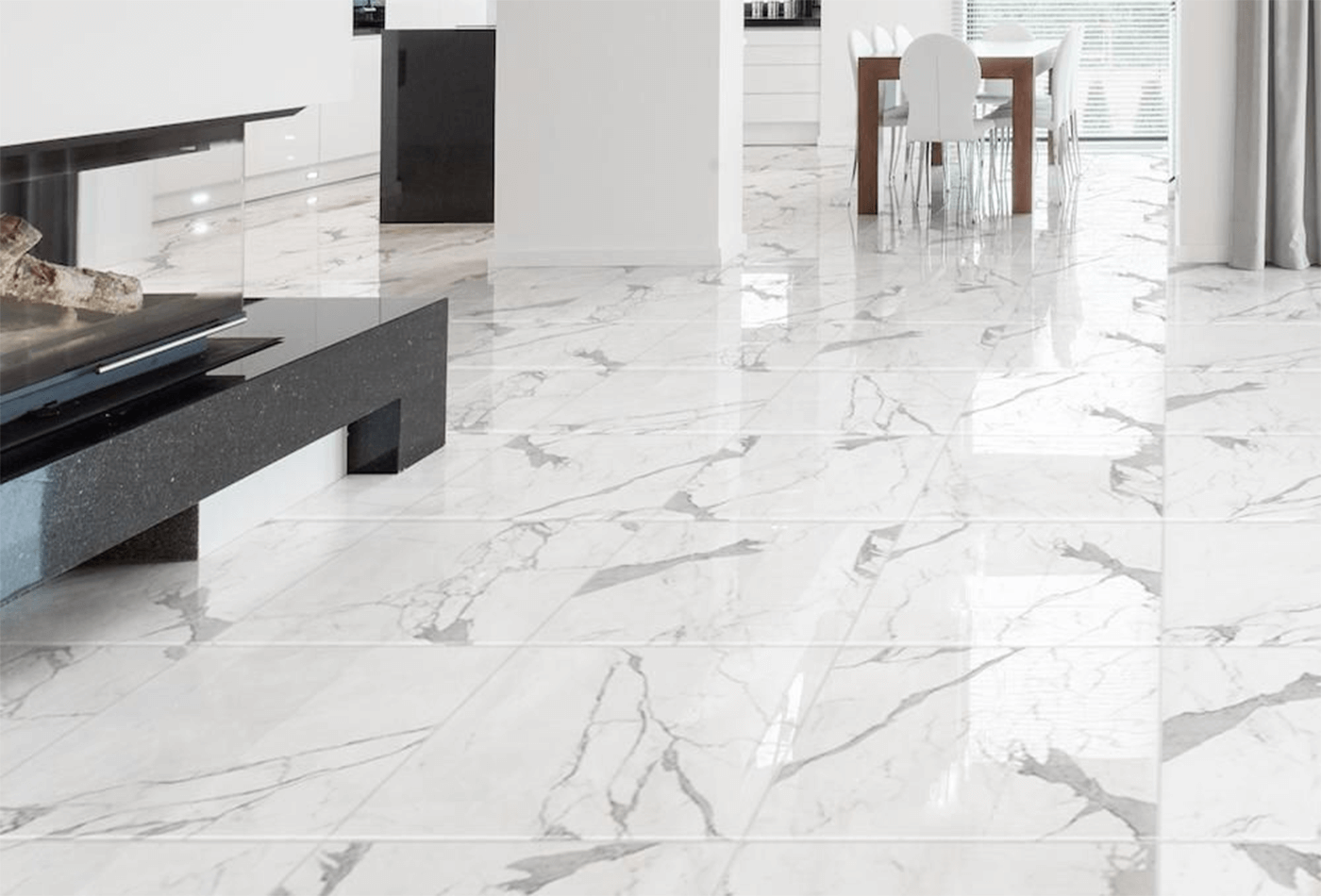
I. 🚂 The Strategic Advantage: Why Rail is the Future of Afghan Export
Afghanistan is landlocked, making stable transit routes critical for importing high-volume, heavy, and fragile materials like tiles and ceramics. The revival and expansion of rail infrastructure offers compelling operational and financial benefits that road freight simply cannot match.
Security, Predictability, and Volume
The inherent security of rail transport addresses three major weaknesses of road freight across Central and South Asia:
-
Enhanced Security: Rail routes are generally more monitored and less prone to the security risks associated with isolated road segments. This reduces the need for expensive security escorts and minimizes losses from theft or damage, which is vital for fragile ceramic tile shipments.
-
Predictable Transit Times: Rail schedules, while subject to border delays, are fundamentally more predictable than road transit, which can be massively affected by weather, road conditions, and checkpoint delays. Predictability allows Afghan buyers to manage construction project timelines more efficiently.
-
Massive Volume Capacity: A single train can carry the load of dozens of trucks, allowing exporters of tiles and ceramics to achieve substantial economies of scale. This is crucial for maintaining competitive pricing in the volume-driven Afghan market.
Cost Efficiency: Total Landed Cost (TLC) Savings
While the immediate freight rate for rail might seem comparable to or slightly higher than certain road options, the Total Landed Cost (TLC) is often lower. This is due to:
-
Reduced Insurance Premiums: Lower risk profiles associated with rail transport typically result in lower cargo insurance costs for the tile shipment.
-
Fewer Handling Points: Direct rail links minimize trans-loading, reducing labor costs and, more importantly, minimizing damage risk to the porcelain tiles and other materials.
-
Avoiding Road Volatility: Rail buffers exporters against sudden spikes in road fuel costs or border “bottleneck” tariffs.
II. 🛤️ Mastering the Rail Corridors: The Routes to Afghanistan
Successfully leveraging rail transit requires a deep understanding of the key international corridors and the specific border points that facilitate the entry of tiles and ceramics into Afghanistan. The primary route flows from source countries (East Asia, Middle East, Europe) through the former Soviet republics of Central Asia.
The Northern Rail Corridor (Uzbekistan and Turkmenistan)
The most established and critical rail links into Afghanistan run through Central Asia, connecting the broader Trans-Asian networks.
-
Termez (Uzbekistan) to Hairatan: This is the most crucial rail bridge, connecting the Uzbekistan network directly to the city of Hairatan in Afghanistan’s Balkh province. Hairatan is a major dry port and a primary entry point for imported ceramics destined for Kabul and Mazar-i-Sharif.
-
Turgundi (Turkmenistan) to Aqina/Torghundi: This western link provides an alternative for goods originating in or transiting through Iran and Turkmenistan, servicing the western and northern Afghan markets, crucial for distributing ceramic tile supplies across a wider area.
Navigating Gauge Changes and Transshipment
The rail gauge change is a critical logistical detail for any exporter using the Trans-Asian Railway. Exporters must use a specialized logistics partner who can manage the necessary transshipment of the tile containers at the wide-to-narrow gauge interchange points (e.g., at the Chinese/Kazakh border or in Central Asia).
-
Meticulous Documentation: Accurate manifest and customs documentation are essential for rapid processing at these interchange points, preventing your tile shipment from sitting idle.
-
Container Security: Ensure containers of tiles and ceramics are sealed with high-security bolt seals at the source, and seals are only broken under supervision at official customs points.
III. 📜 Compliance and Customs: Entry Protocols for Tiles
The Afghan customs environment, while simplified in recent years, requires precise documentation and adherence to local tariff classifications. Errors in classification are a major cause of delays and penalties for tile exporters.
Required Documentation and HS Codes
The standard set of international export documents is required, but with specific Afghan requirements:
-
Commercial Invoice & Packing List: Must accurately detail the content, weight, and volume of the ceramic and porcelain tiles.
-
Certificate of Origin: Required for tariff assessment and to prove the material’s source.
-
Bill of Lading (B/L): Must clearly specify the final destination and transit points, including the specific Afghan rail terminal (e.g., Hairatan).
-
Quality Certification (Optional but Recommended): While Afghanistan lacks mandatory pre-shipment inspection (PSI) programs common in other regions, providing international quality assurance certificates (ISO standards or equivalent) for your tiles and ceramics enhances credibility with major Afghan importers and project tenders.
Tariff Classification and Valuation
-
HS Code Accuracy: Exporters must correctly classify their tiles and ceramics using the Harmonized System (HS) Codes (e.g., Chapter 69 for ceramic products). Misclassification, intentional or unintentional, can lead to severe fines or confiscation.
-
Customs Valuation: Afghan Customs primarily uses the Transaction Value method, but documentation must be robust. Providing verified commercial invoices with clear FOB/CIF terms is vital to prevent arbitrary valuation, which can inflate duties on the imported tiles.
Payment Security: Mitigating Risk
Political and economic stability concerns necessitate robust payment terms for the export of tiles to Afghanistan.
-
Confirmed Letter of Credit (LC): This is the gold standard. The LC should be confirmed by a reputable, well-known international bank, mitigating the risk associated with the local Afghan banking system.
-
US Dollar Transactions: All contracts and payments for ceramic tile shipments should be denominated in US Dollars ($) to hedge against the volatility of the Afghan Afghani (AFN).
IV. 🤝 Market Strategy: Finding the Right Afghan Partner
In Afghanistan, commerce is intensely relationship-driven. A trustworthy and well-connected local importer or distributor is the single most critical factor for success in the tile export market.
Distributor Profile and Due Diligence
Your ideal Afghan partner should possess the following characteristics:
-
Logistics Capability: They must have established systems for clearing the rail shipment at the terminal (e.g., Hairatan Dry Port) and arranging the crucial last-mile road transport of tiles and ceramics to key consumption centers like Kabul, Kandahar, or Herat.
-
Strong Government/NGO Ties: A significant portion of large-scale construction projects is funded by international aid organizations or government initiatives. A partner with proven access to these tenders is essential for volume sales of porcelain tiles.
-
Secure Warehousing: They require large, secure, and dry storage facilities to stock the often-large quantities delivered by rail, protecting the fragile tile inventory from dust and damage.
Leveraging Digital Channels for Initial Contact
While the final deal is face-to-face, initial lead generation for finding reliable partners can be done digitally:
-
Targeted B2B Platforms: Use regional B2B platforms and networking sites focused on building materials in Afghanistan and Central Asia to vet potential partners.
-
Online Exhibitions/Trade Portals: Leverage online directories of past attendees of regional trade shows like the Afghanistan International Building and Construction Exhibition (usually held in Kabul).

V. 🎨 Product and Design Strategy: What Tiles Sell in Afghanistan
The Afghan market is highly price-sensitive but also increasingly exposed to international design trends, creating a tiered market for tiles and ceramics. Exporters must balance affordability with the local preference for durability and aesthetics.
Durability and Climate Suitability
The extreme seasonal climate (hot summers, cold winters) and the need for durable materials in high-traffic commercial areas mandate specific technical product choices.
-
Porcelain over Ceramic (Floors): High-quality, low-water-absorption porcelain tiles ($\text{E} \le 0.5\%$) are preferred for all exterior use and high-traffic interior floors due to their superior resistance to thermal shock and wear.
-
Anti-Slip (R-Rating): Tiles with moderate anti-slip ratings (e.g., R9 or R10) are preferred for public spaces and walkways, addressing safety concerns, especially with the use of water for cleaning.
Aesthetic Preference and Size Demand
The Afghan market generally prefers designs that convey prosperity and cleanliness.
-
Marble and Stone Look: Tiles that mimic white, cream, or light-colored natural stone (especially marble and granite) are exceedingly popular, representing high-end aesthetics at an accessible price point for ceramic tiles.
-
Standard Medium Sizes: While luxury projects use large formats, the dominant volume market remains $۴۰\times 40 \text{ cm}$, $۵۰\times 50 \text{ cm}$, and $۶۰\times 60 \text{ cm}$. These sizes are practical for installation by local construction crews and minimize waste.
-
Bright and Neutral Palettes: The preference is for white, beige, cream, and warm gray, providing a sense of space and cleanliness essential for both residential and commercial building projects.
VI. 📦 Packaging and Handling: Protecting Fragile Cargo by Rail
While rail offers greater security, the movement during train marshaling, stops, and transshipment can be rough. Specialized, heavy-duty packaging for ceramic tile shipments is essential.
Rail-Optimized Packaging Protocols
Standard sea freight packaging is often insufficient for the vibration and forces experienced during the long Trans-Asian Railway journey.
-
Reinforced Palletization: Use Grade A, structurally sound wooden pallets (ISPM 15 certified). All pallets of tiles and ceramics should be strapped both horizontally and vertically with high-tension PET strapping.
-
Corner and Edge Guards: Utilize thick plastic or fiberboard corner protectors on all vertical edges of the stacked boxes to prevent damage from lateral forces.
-
Securing the Container: This is paramount. The shipper must use timber dunnage and airbags (dunnage bags) to completely fill any void space within the rail container. This prevents the heavy tile pallets from shifting violently and crashing into one another or the container walls. The cost of dunnage is minimal compared to the loss from a damaged container of porcelain tiles.
Tracking and Real-Time Visibility
Long rail journeys necessitate advanced tracking. Work with your logistics partner to ensure:
-
GPS Tracking: Containers should be equipped with GPS trackers that provide real-time location updates, offering transparency to both the exporter and the Afghan importer about the precise location of the tile shipment along the Trans-Asian Railway network.
-
Customs Status Updates: Regular communication regarding customs clearance status at each major border crossing (especially the gauge change point and the Afghan terminal) is critical for managing delivery expectations.
VII. 🔑 The Final Mile: From Railhead to Project Site
The last leg of the journey—from the Afghan rail terminal (like Hairatan) to the end-user in Kabul, Mazar, or other cities—is completed by road and is the highest-risk segment.
Managing the Handover at the Dry Port
The transfer of responsibility at the Afghan rail terminal is a crucial legal and logistical event.
-
Pre-Arranged Road Transport: The local distributor must have secure, pre-arranged, insured trucks ready to collect the tile containers immediately upon clearance. Minimizing dwell time at the port reduces storage fees and security risks.
-
Quality Inspection: Encourage the local partner to conduct a superficial (seal verification and external container check) quality inspection upon taking possession of the container before it leaves the rail terminal.
Establishing Long-Term Commitment
Dominating the Afghan ceramic tile market requires a long-term view. Exporters should demonstrate commitment by:
-
Regular Visits (Security Permitting): Visiting your Afghan partners reinforces trust, allows you to observe your products in use, and understand evolving construction project needs.
-
Training and Support: Providing technical guidance to local distributors and contractors on the correct installation and maintenance of your porcelain and ceramic tiles builds brand loyalty and reduces post-sale issues.
By focusing on the strategic advantages of rail transit, meticulously managing compliance, and empowering a strong local partner, exporters can establish a reliable, cost-effective, and dominant supply channel for tiles and ceramics into the vital and growing Afghan market.

Conclusion: Securing Your Position with Rail
The Afghan ceramic tile market offers significant, stable demand driven by essential housing and infrastructure projects. The key to unlocking this potential lies in transforming the logistical challenge into a competitive strength. By adopting the “Kabul by Rail” strategy, international tile exporters can shift away from unpredictable road freight and leverage the security, volume, and predictability offered by the Trans-Asian Railways.
This definitive blueprint has highlighted the critical success factors: meticulous management of the rail transshipment and border protocols (e.g., Hairatan), securing payments with Confirmed Letters of Credit, tailoring porcelain tile products for durability and local aesthetics, and crucially, partnering with a financially robust and well-connected Afghan distributor.
By consistently delivering high-quality, competitively priced tiles and ceramics via a highly efficient rail transit solution, your company can build an unparalleled reputation for reliability. This strategic approach will not only secure a profitable foothold but will cement your brand as the dominant, trusted supplier for Afghanistan’s construction future.
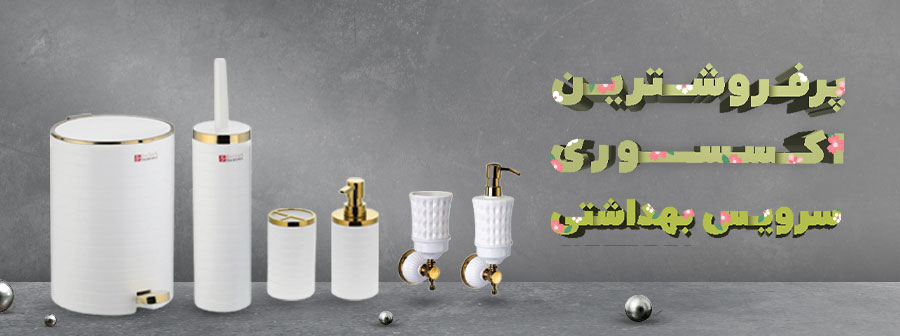
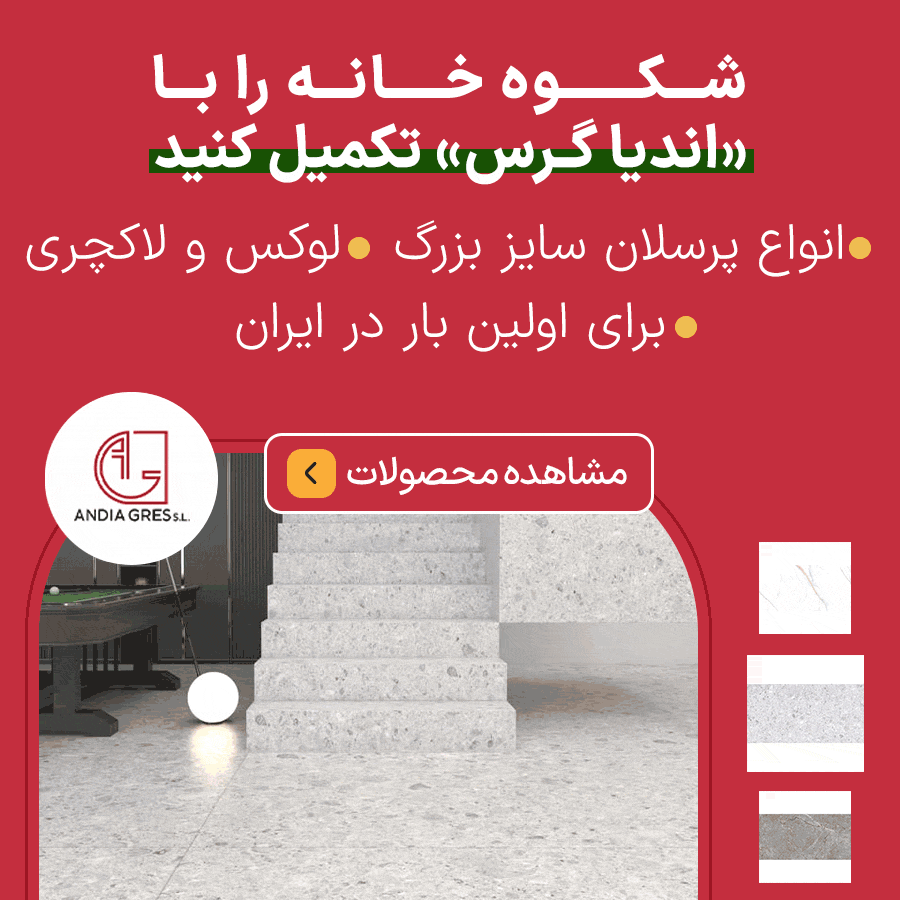

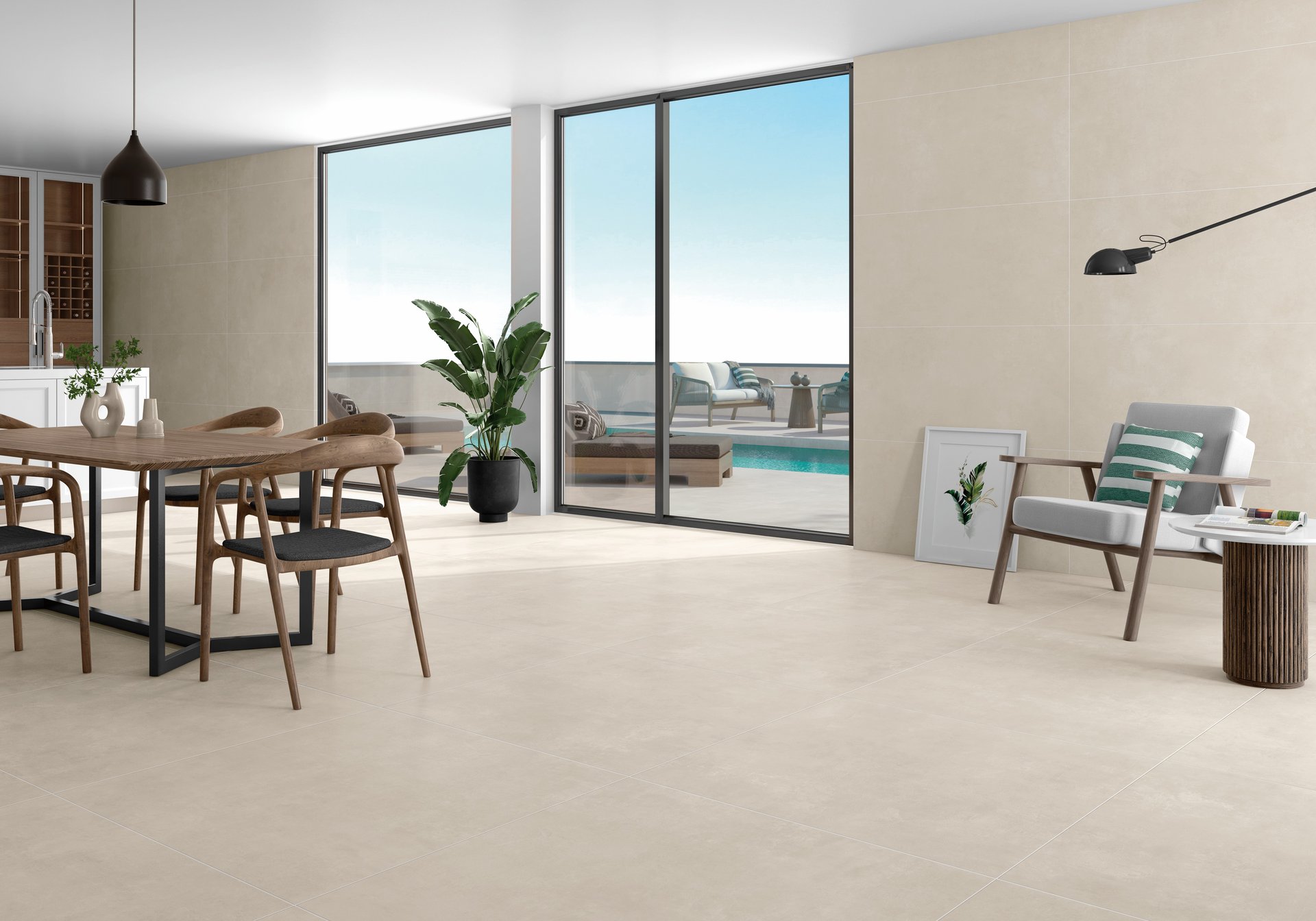
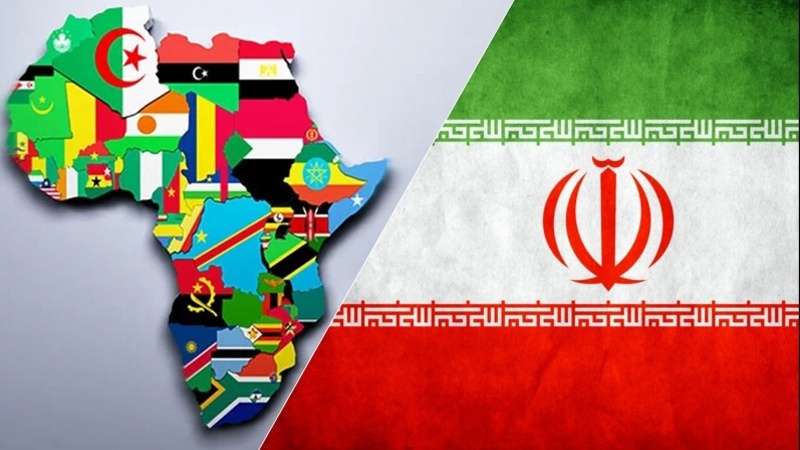
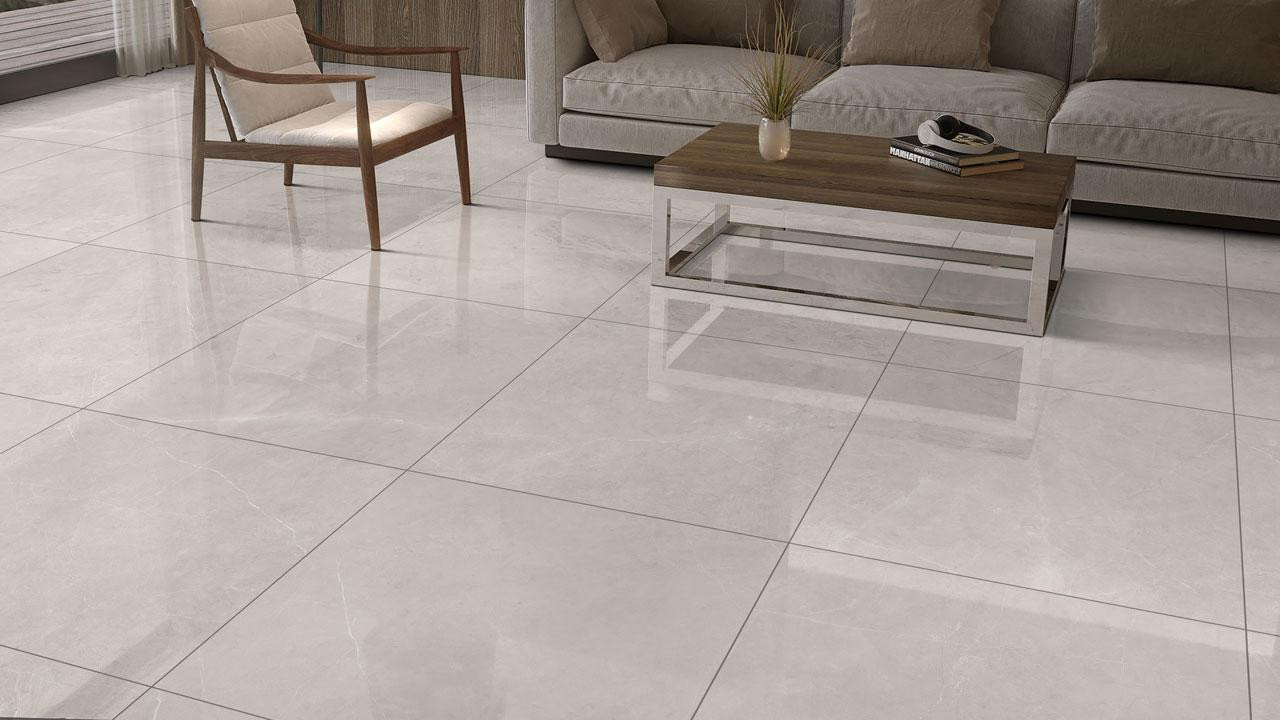

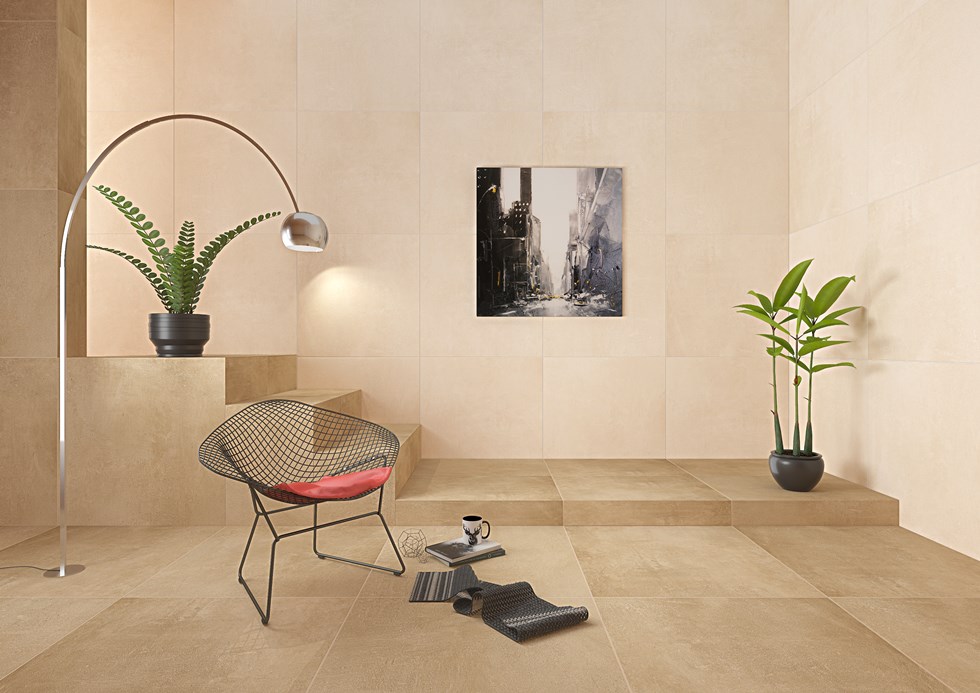
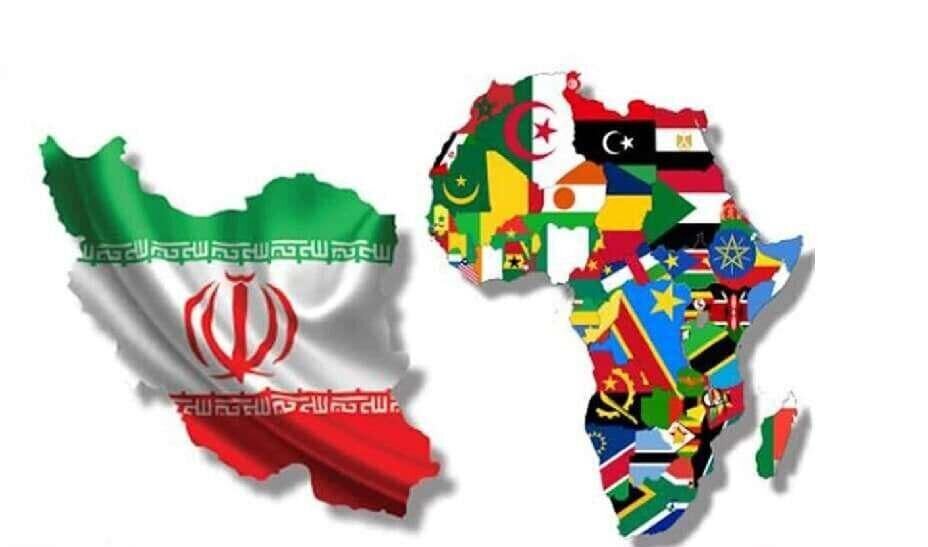
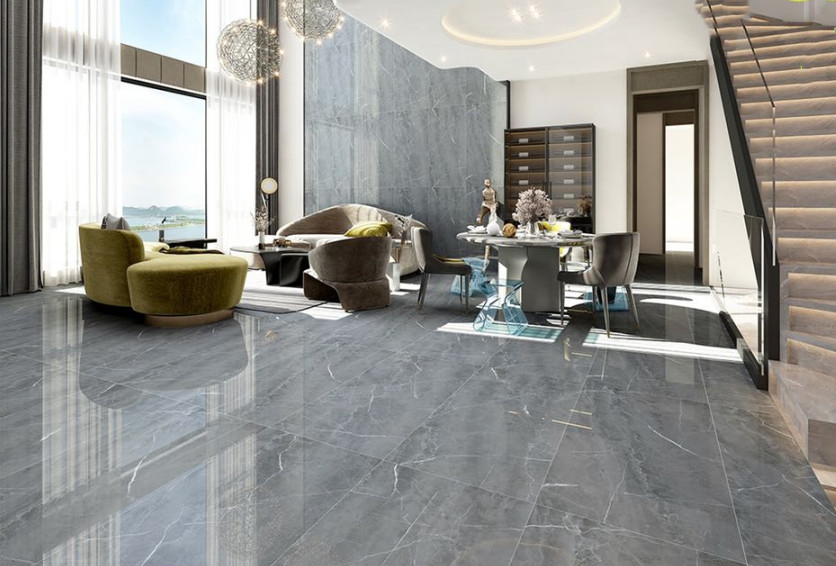


نظرات ۰